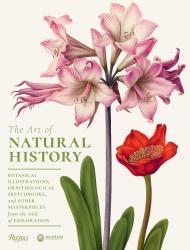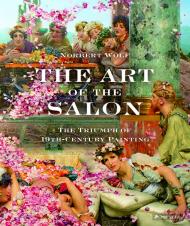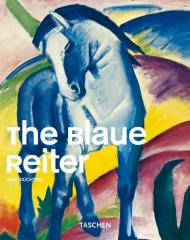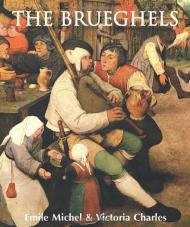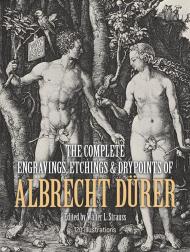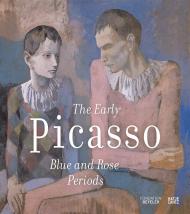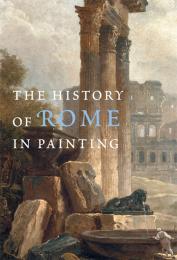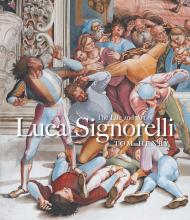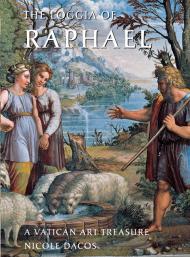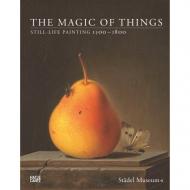This oversized collector’s edition showcases antique paintings and drawings of birds and animals from the most important natural history collection in France.
An unparalleled collection of the most beautiful—yet scientific—depictions of flora and fauna ever produced, these artworks document three centuries of exploration of the far reaches of the world—a rich visual record harking back to a time when science relied upon painstaking human illustration as the only way to record exotic plants and unknown animals observed during voyages of discovery.
All the artworks included here were depicted on vellum, a high-quality, long-lasting parchment that fell out of use around 1900 when it was supplanted by photography. France’s national collection consists of over 7,000 such artworks and is among the world’s finest. Flora and fauna from every corner of the globe are represented in precisely rendered color and detail.
Sadly, many of the species depicted in these masterful yet hauntingly accurate portraits are now endangered, threatened—or in many cases, already extinct. This volume is both a celebration of the human quest for knowledge and an epitaph for a fast disappearing world—as well as a feast for the eyes for anyone who loves birds or vintage natural history art. This exquisite and timeless book is beautifully presented in a jacketed volume within a slipcase and luxuriously packaged within an illustrated mailer with a handle for portability.
About the Author:
Pascale Heurtel is chief curator and director of libraries and Michelle Lenoir is honorary director of the Muséum national d’histoire naturelle in Paris.
